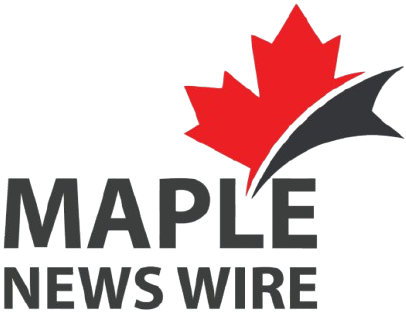Liberal Party wins minority government in 2025 Canada election, promising stability amid trade tensions and political shifts under Mark Carney’s leadership.
Liberal Party Secures Minority Win in Canada’s 2025 Election
The 2025 Canadian federal election has concluded with the Liberal Party, led by Mark Carney, winning a minority government. This outcome marks a significant milestone for the party, as it navigates a complex political landscape shaped by economic pressures, leadership changes, and shifting voter dynamics.
A Narrow Victory: Election Results Breakdown
The Liberals captured 169 seats in the House of Commons, just three seats shy of the 172 needed for a majority. Meanwhile, the Conservative Party, under Pierre Poilievre, secured 144 seats, maintaining its role as the official opposition. Smaller parties like the Bloc Québécois and the New Democratic Party (NDP) won 23 and 7 seats respectively, while the Green Party retained a single seat.
This election was characterized by a resurgence in support for the two main parties, with both the Liberals and Conservatives increasing their share of the popular vote. The NDP, however, experienced a sharp decline, losing nearly 12 percentage points compared to the previous election, signaling a shift in voter allegiance.
Leadership Transition: Mark Carney’s Rise
Mark Carney’s ascent to Liberal leadership in March 2025 followed Justin Trudeau’s resignation amid internal party challenges. Carney, a former governor of the Bank of Canada and internationally respected economist, brought a fresh perspective to the party. His leadership campaign resonated strongly with party members, earning him over 85% of the vote in the leadership race.
Carney’s reputation for economic expertise and steady governance helped the Liberals regain voter confidence during a campaign overshadowed by external economic uncertainties.
External Pressures: Navigating US Trade Tensions
One of the defining issues of the campaign was the escalating trade tensions with the United States. Under President Donald Trump, the US imposed tariffs on Canadian goods and made provocative statements suggesting Canada could become the 51st US state. These developments stirred nationalistic sentiments among Canadians and reinforced perceptions that the Liberal Party was best positioned to protect Canada’s sovereignty and economic interests.
Carney’s firm stance against these pressures, famously declaring “Canada is not for sale,” resonated with voters who sought stability and assertive leadership on the international stage.
Minority Government: Challenges and Opportunities
With a minority government, Carney’s Liberals face the challenge of governing without a clear majority. This situation necessitates collaboration with smaller parties such as the Bloc Québécois and the NDP to pass legislation and maintain confidence in the House of Commons.
The need for coalition-building may lead to compromises on key policy areas, including immigration, economic recovery, and trade. Carney’s ability to negotiate and build consensus will be critical to the government’s success.
Policy Priorities Moving Forward
The Liberal Party’s platform focuses on countering US tariffs, stimulating job growth, and supporting the middle class through targeted tax cuts. Additionally, the party aims to address pressing domestic issues such as housing affordability and immigration reform.
Notably, the Liberals have adopted a more cautious approach to immigration, maintaining caps that reflect Canada’s capacity to integrate newcomers while improving processing systems. This shift indicates a pragmatic response to changing public attitudes and political realities.
Political Landscape: Opposition Setbacks
The election also saw significant setbacks for opposition leaders. Pierre Poilievre lost his own seat, and NDP leader Jagmeet Singh was unseated, prompting leadership questions within their parties. These developments signal a potential realignment in Canadian politics, with the Liberals positioned to consolidate power despite lacking a majority.
Conclusion: A New Chapter for the Liberal Party
The 2025 election results affirm the Liberal Party’s resilience and adaptability amid a challenging political and economic environment. Under Mark Carney’s leadership, the party embarks on governing with a minority mandate, balancing domestic priorities with the complexities of international relations.
Canada’s political future will depend heavily on the Liberals’ ability to navigate coalition politics, respond to economic challenges, and maintain public trust in a rapidly changing world.




